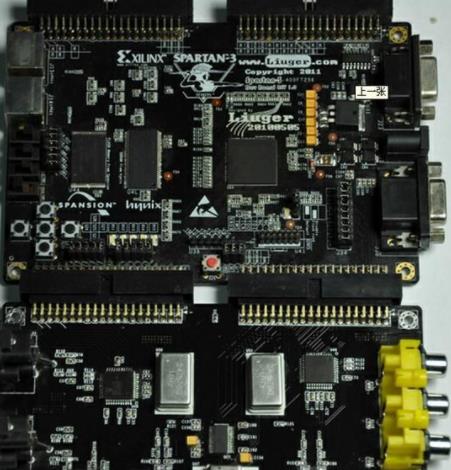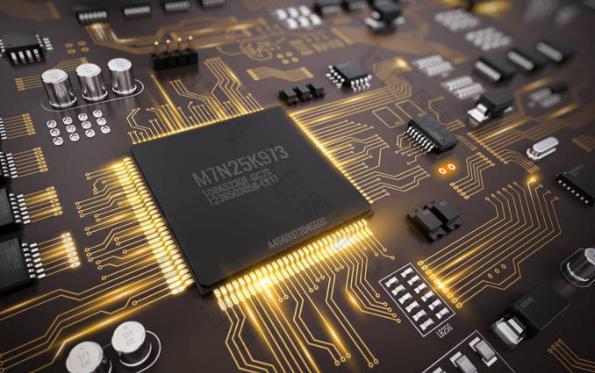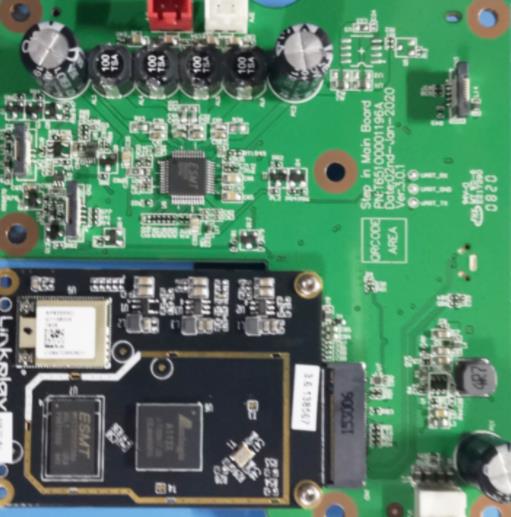Building 6, Zone 3, Yuekang Road,Bao'an District, Shenzhen, China
+86-13410863085Mon.-Sat.08:00-20:00

SMT development trend and leading components
1 This SMT patch production line is developing in the direction of "green" environmental protection
This earth on which people live today has been damaged to varying degrees This SMT production line based on SMT equipment will become a part of industrial production, without exception, causing damage to our living environment From packaging materials, glue, solder, flux used for electronic components and other SMT process data, used in the production process of SMT production line, there are various kinds of environmental pollution More SMT production lines, the larger the scale, the more serious the pollution Therefore, the latest SMT production line is developing in the direction of a greed production line (green line) The concept of green production line means that environmental protection requirements must be considered from the beginning of SMT production. The possible pollution sources and pollution sources in SMT production are analyzed Pollution degree
2. SMT chip production line is developing towards efficient connection
3. The SMT patch production line is developing towards a flexible production environment with information integration
With the development of computer information technology and Internet information technology, the product data management and process information control of the SMT production line will be gradually improved. The maintenance management of the production line will realize digital information. The new SMT production line will develop towards a flexible production environment with information integration. Development
Differences between soldered SMT wafer assemblies and lead assemblies
SMT wafer components are particularly small and light, and are easier to solder than lead components. The SMD component also has a very important advantage, that is, it improves the stability and reliability of the circuit, that is, it improves the success rate of production. This is because SMD components have no leads, which reduces stray electric and magnetic fields, especially in high-frequency analog circuits and high-speed digital circuits.
The method for welding SMT wafer components is: place the components on the bonding pad, then apply the adjusted patch solder paste on the contact between the component pin and the bonding pad (be careful not to apply too much to prevent short circuit), and then use a 20W internal thermal soldering iron to heat the connection between the bonding pad and the SMT wafer components (the temperature should be 220~230 ℃). When the solder melts, the soldering iron can be removed, and the welding is completed when the solder solidifies. After welding, you can use tweezers to clamp the clips of the welded patch assembly to see if there is any looseness. If there is no looseness (it should be very firm), the welding is good.
SMT lead assembly welding method: when welding all pins, solder should be added to the tip of the soldering iron, and all pins should be coated with flux to keep the pins wet. Touch the end of each pin of the chip with the tip of the soldering iron until you see solder flowing into the pin. During welding, keep the tip of the soldering iron parallel to the welding pin to prevent overlapping due to excessive welding.
After all pins are welded, soak all pins with flux to clean the solder Remove excess solder where needed to eliminate any shorts and overlaps Finally, use tweezers to check for faulty soldering After the inspection, soak the hard brush with alcohol from the PCB circuit board and carefully wipe it along the pin direction until the flux disappears
1 This SMT patch production line is developing in the direction of "green" environmental protection
This earth on which people live today has been damaged to varying degrees This SMT production line based on SMT equipment will become a part of industrial production, without exception, causing damage to our living environment From packaging materials, glue, solder, flux used for electronic components and other SMT process data, used in the production process of SMT production line, there are various kinds of environmental pollution More SMT production lines, the larger the scale, the more serious the pollution Therefore, the latest SMT production line is developing in the direction of a greed production line (green line) The concept of green production line means that environmental protection requirements must be considered from the beginning of SMT production. The possible pollution sources and pollution sources in SMT production are analyzed Pollution degree
2. SMT chip production line is developing towards efficient connection

3. The SMT patch production line is developing towards a flexible production environment with information integration
With the development of computer information technology and Internet information technology, the product data management and process information control of the SMT production line will be gradually improved. The maintenance management of the production line will realize digital information. The new SMT production line will develop towards a flexible production environment with information integration. Development
Differences between soldered SMT wafer assemblies and lead assemblies
SMT wafer components are particularly small and light, and are easier to solder than lead components. The SMD component also has a very important advantage, that is, it improves the stability and reliability of the circuit, that is, it improves the success rate of production. This is because SMD components have no leads, which reduces stray electric and magnetic fields, especially in high-frequency analog circuits and high-speed digital circuits.
The method for welding SMT wafer components is: place the components on the bonding pad, then apply the adjusted patch solder paste on the contact between the component pin and the bonding pad (be careful not to apply too much to prevent short circuit), and then use a 20W internal thermal soldering iron to heat the connection between the bonding pad and the SMT wafer components (the temperature should be 220~230 ℃). When the solder melts, the soldering iron can be removed, and the welding is completed when the solder solidifies. After welding, you can use tweezers to clamp the clips of the welded patch assembly to see if there is any looseness. If there is no looseness (it should be very firm), the welding is good.
SMT lead assembly welding method: when welding all pins, solder should be added to the tip of the soldering iron, and all pins should be coated with flux to keep the pins wet. Touch the end of each pin of the chip with the tip of the soldering iron until you see solder flowing into the pin. During welding, keep the tip of the soldering iron parallel to the welding pin to prevent overlapping due to excessive welding.
After all pins are welded, soak all pins with flux to clean the solder Remove excess solder where needed to eliminate any shorts and overlaps Finally, use tweezers to check for faulty soldering After the inspection, soak the hard brush with alcohol from the PCB circuit board and carefully wipe it along the pin direction until the flux disappears
Just upload Gerber files, BOM files and design files, and the KINGFORD team will provide a complete quotation within 24h.







